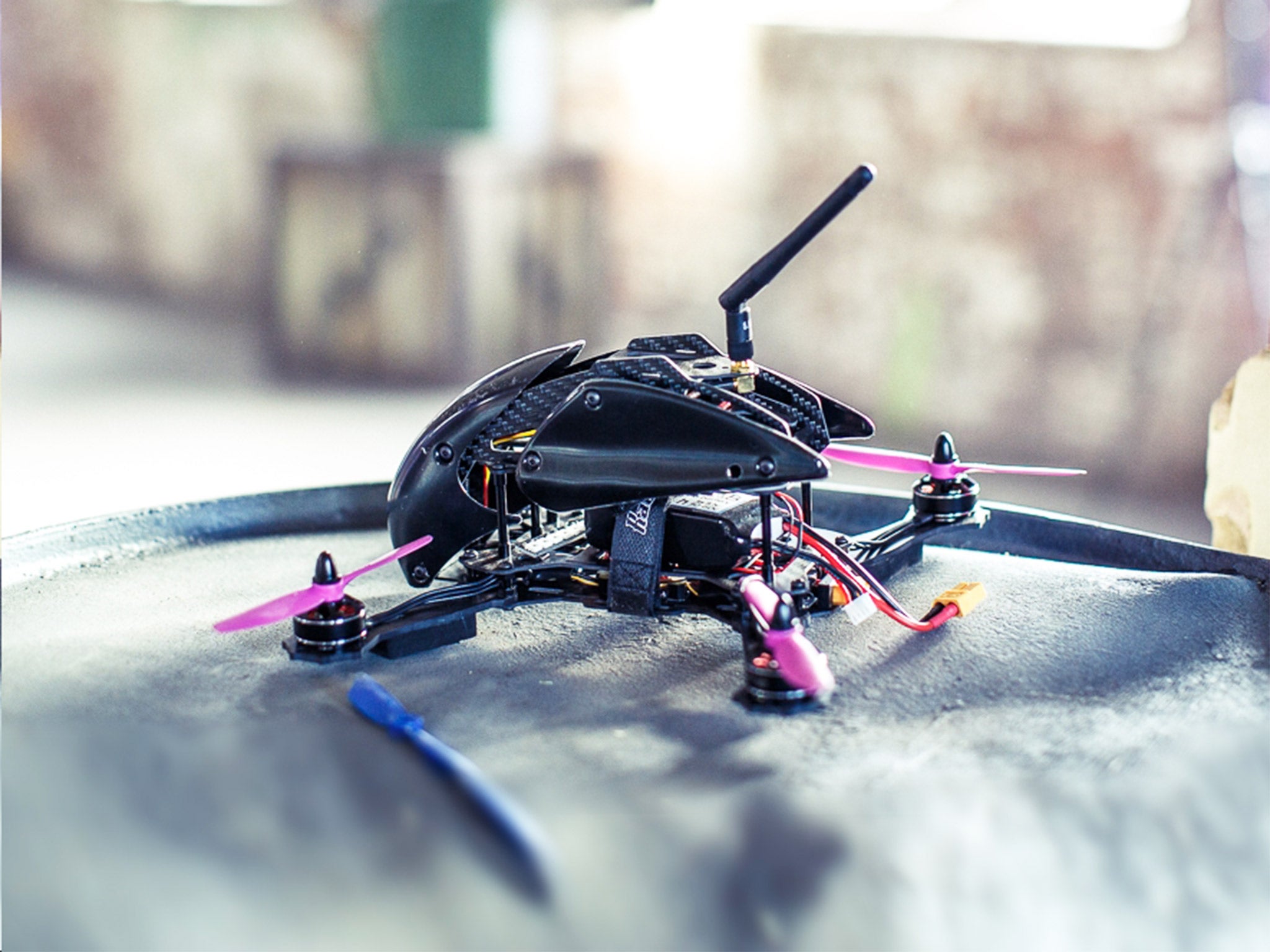Just how likely are terrorists to target passenger planes with drones?
Even a 'harmless' hijacking - such as the Egyptian domestic flight which diverted to Cyprus to meet the demands of a passenger wearing a spoof suicide vest - grabs headlines

Your support helps us to tell the story
From reproductive rights to climate change to Big Tech, The Independent is on the ground when the story is developing. Whether it's investigating the financials of Elon Musk's pro-Trump PAC or producing our latest documentary, 'The A Word', which shines a light on the American women fighting for reproductive rights, we know how important it is to parse out the facts from the messaging.
At such a critical moment in US history, we need reporters on the ground. Your donation allows us to keep sending journalists to speak to both sides of the story.
The Independent is trusted by Americans across the entire political spectrum. And unlike many other quality news outlets, we choose not to lock Americans out of our reporting and analysis with paywalls. We believe quality journalism should be available to everyone, paid for by those who can afford it.
Your support makes all the difference.“Terrorists will always wish to target civil aviation,” says the aviation security expert, Philip Baum. His new book, Violence in the Skies: A History of Aircraft Hijacking and Bombing, presents the horrifying history of attacks on aircraft.
Even a “harmless” hijacking - such as the Egyptian domestic flight which diverted to Cyprus to meet the demands of a passenger wearing a spoof suicide vest - grabs headlines.
And, as 9/11 shows, a well-planned and executed attack can take a dreadful toll in innocent lives.
The aviation security industry seems cursed constantly to be in catch-up mode, meeting the latest terrorist threat.
So it is understandable that passengers and crew might conclude that a malevolent attack involving a drone could down a plane.
The London area could be chosen for such an attack, because it is the world hub of aviation - with more flights and passengers than any other city on earth. Yet the risk that terrorists would succeed in bringing down an aircraft here or anywhere else, using a currently commercially available drone, is small.
Previous experience together with technological limitations mean terrorists are much more likely to use shoulder-launched surface-to-air missiles to try to bring down a jet (they are known as MANPADs in the jargon, short for man-portable air-defence systems). Sadly, there are many such weapons in circulation.
They are designed to carry explosive charges towards a target at high speed, usually homing in automatically.
And, as such, they are potentially far more effective at killing innocent people than a slow-moving drone. Aviation security insiders do indeed fear a drone attack – but one that targets planes or passengers on the ground.
Geo-fencing technology is supposed to keep drones away from active airports, with GPS location-sensing creating an invisible protective perimeter.
But by no means all "unmanned aerial vehicles" have this feature - and it can be hacked in order to break through the fence.
A large drone can carry quite enough explosive or flammable material to cause a major incident at an airport, possibly with many casualties. All the more reason, then, to police drone users more effectively, and to find new technological solutions to limit the possible damage.
Join our commenting forum
Join thought-provoking conversations, follow other Independent readers and see their replies
Comments